![]()
![]()
the Bose-Einstein Condensate (1995) was observed by Physicists at the Joint Institute for Laboratory Astrophysics
M-theory (1995)
one of the first Grand Unification Theories (1974) was put forward by Howard Georgi and Sheldon L. Glashow
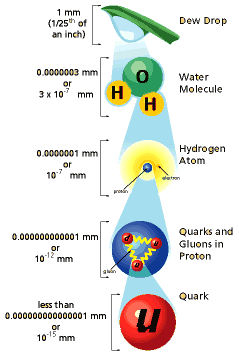
the Standard Model of particle physics (1973)

the National Accelerator Laboratory (1967)
the bubble chamber (1952)

Einstein's Unified field theory (1950)
Physics Today (1948)

the world's first artificial self-sustaining nuclear chain reaction ( December 2, 1942)
took place in the world's first nuclear reactor, Chicago Pile Number One
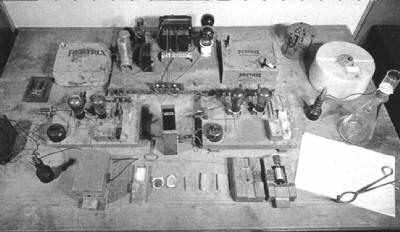
Otto Hahn and Fritz Straßmann succeeded (1938) to split the nucleus of a uranium atom
on a simple wooden experimenting table, in the first instance of induced Nuclear fission
Georges Lemaître (1927) derived the Friedmann-Lemaître-Robertson-Walker equations
from Albert Einstein's equations of general relativity and proposed, that the Universe
began with the "explosion" of a "primeval atom" - what was later called the Big Bang
the existence of the neutron (1920) was suggested by William Draper Harkins.
Evidence for its existence was not obtained until 1932
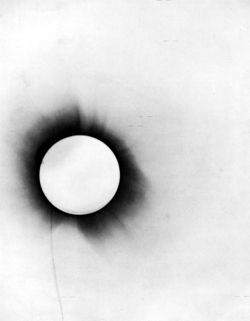
Arthur Eddington's Report on the relativity theory of gravitation (1919)
Rutherford discovered the proton (1919) in his experiments on artificial disintegration
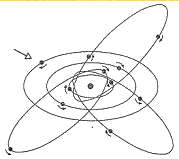
the Sommerfeld model of the atom (1916)
the fine-structure constant (1916)
the Schwarzschild radius (1916)
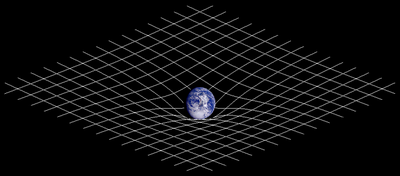
General relativity (1915)
Moseley's law (1913)
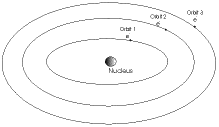
the Bohr model of the atom (1913)
Echo sounding (1912)
Gustav Mie's Unified field theory (1912)
superconductivity (1911)
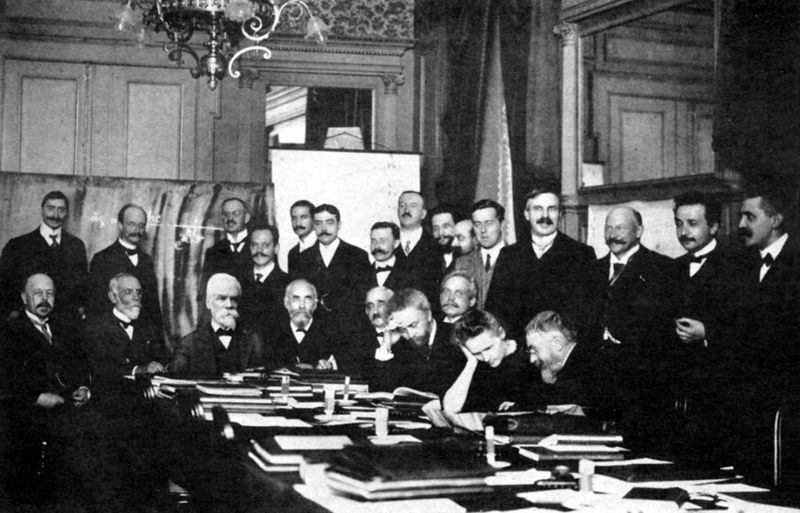
the Solvay Conference (1911)
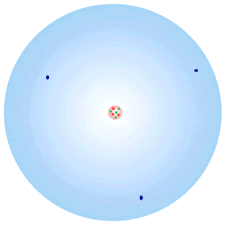
the Rutherford model (1911)
the Geiger-Marsden experiment (1909)
Robert Millikan's oil-drop experiment (1909)
Einstein published his principle of equivalence (1907) which says that gravitational
acceleration is indistinguishable from acceleration caused by mechanical forces
the third law of thermodynamics (1906) was proposed by Hermann Nernst
Spacetime (1905)
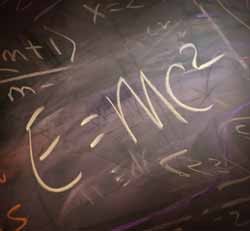
the Annus Mirabilis Papers (1905)
Ernst Haeckel's Riddle of the Universe (1901)
the Drude model (1900)
Planck's constant (1900)
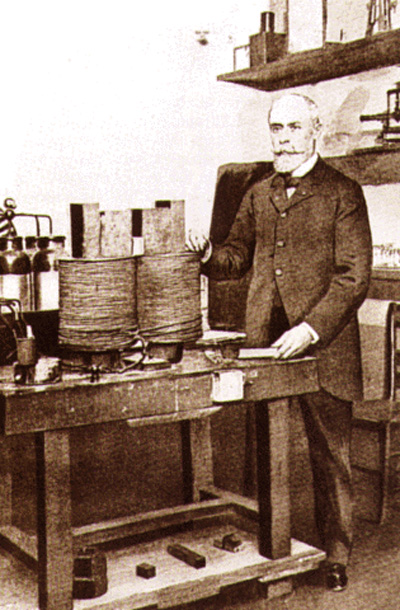
Radioactivity was first discovered (1896) by the French scientist Henri Becquerel while working on phosphorescent materials
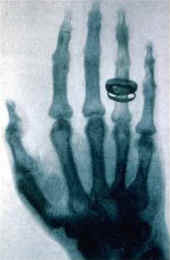
Wilhelm Conrad Röntgen began observing and further documenting X-rays (November 8, 1895)
Jean Baptiste Perrin (1895) explained solar energy by the thermonuclear reactions of hydrogen
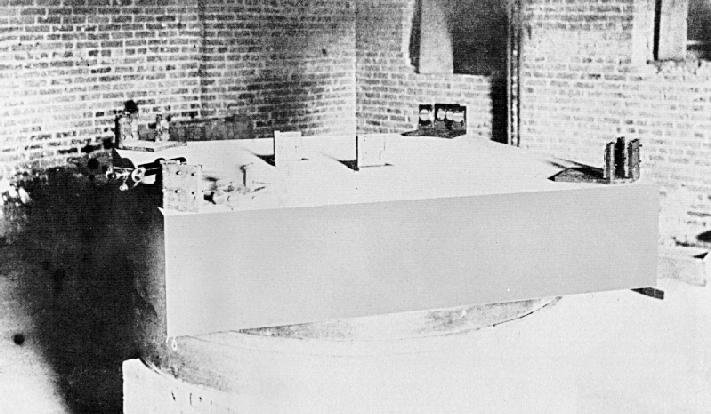
the Michelson-Morley experiment (1887)
Balmer lines (1885)
Svante Arrhenius' work on the conductivities of electrolytes (1884)
Tesla, Gaulard, Stanley, and others (1881) invented alternating current electrical power
Josiah Willard Gibbs' On the Equilibrium of Heterogeneous Substances (1876-1878) laid the foundations of physical chemistry
![]()
the second law of thermodynamics (1874) was formally stated by Lord Kelvin
the concept of entropy (1865) was introduced by Rudolf Clausius
Maxwell's equations (1864)
Anders Jonas Ångström's studies of the solar spectrum (1861)
the Gyroscope (1852) was invented by Jean Foucalt
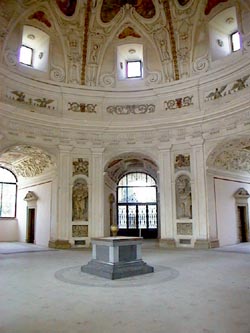
the Foucault pendulum (1851)
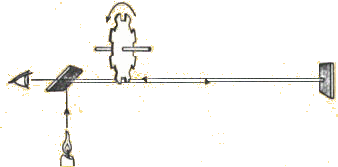
Hippolyte Fizeau (1850) measured the speed of light and electricity
Absolute Zero (1848) was proposed by William Thomson Kelvin
![]()
the first law of thermodynamics (1847) was published as a definitive statement of the conservation of energy by Hermann von Helmholtz
![]()
Joule's law (1840)
the Coriolis effect (1835)
![]()
Gaspard-Gustave Coriolis (1829) published "Du Calcul de l'effet des machines" outlining the mathematics of kinetic energy
![]()
the first statement of Ohm’s law (1827) that the current of electricity is equal to the ratio of the voltage
to the resistance, appeared in Georg Simon Ohm`s "The galvanic circuit investigated mathematically"
the Electromagnet (1824) was invented by William Sturgeon
Joseph Fourier's Analytical Theory of Heat (1822)
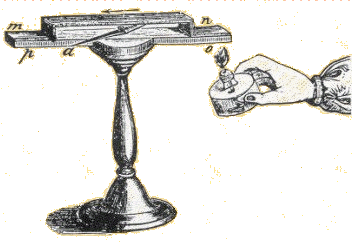
the Seebeck effect was first discovered (1821) accidentally, by the Estonian physicist Thomas Johann Seebeck,
who found that a voltage existed between two ends of a metal bar when a temperature gradient existed in the bar
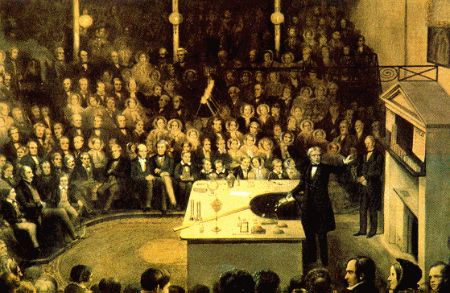
the first electric motor (1821) was built by Michael Faraday
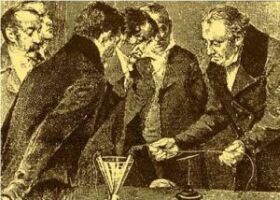
the relationship between electricity and magnetism (April 1820)
was discovered by Hans Christian Ørsted
Etienne-Louis Malus (1808) discovered polarised light

the ultraviolet part of the electromagnetic spectrum (1802) was discovered by Johann Wilhelm Ritter

Thomas Young's double-slit experiment (1801)
Infrared Radiation (1800) was discovered by William Herschel

the Cavendish experiment (1798)
Annalen der Physik (1790)
the law of conservation of mass (1789) was formulated by Antoine Lavoisier
Charles-Augustin de Coulomb (1785) presented his three reports on Electricity and Magnetism

the Atwood machine (1784)

Coulomb's torsion balance (1777)
Photometry (1760) was founded by Johann Heinrich Lambert
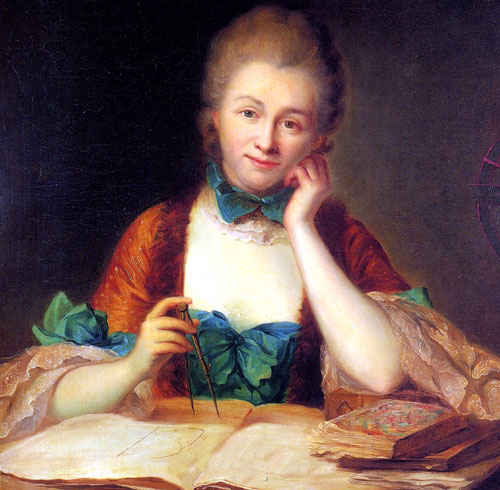
Émilie du Châtelet's correction of Newton's formula (1749) E = mv to E = mv²
the Celcius scale was changed (1743) so that 0 degrees
is the freezing point of water and 100 degrees is its boiling point
the Celsius temperature scale (1742) was proposed by Anders Celsius in a paper to the Royal Swedish Academy of Sciences
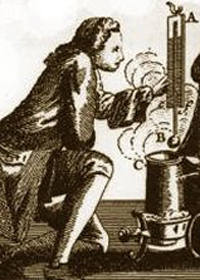
the Fahrenheit scale (1724)
Daniel Gabriel Fahrenheit invented the first mercury thermometer (1714)
Johann Bessler's self-moving wheel (1712)
Newton's Opticks (1704)
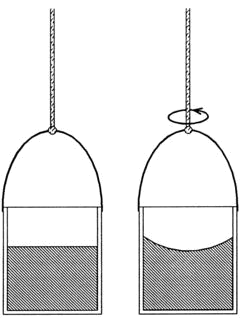
Isaac Newton's rotating bucket argument (1687)
![]()
Newton's laws of motion were first published (1687) in his work "Philosophiae Naturalis Principia Mathematica"
the law of elasticity (1678) was formulated by Robert Hooke

Christiaan Huygens' Traité de la lumiere (1678)
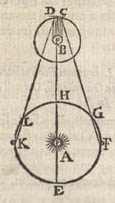
Ole Rømer made the first quantitative measurements of the speed of light (1676)

Newton discovered that glass prisms (1666) separate white light into spectrum of colours

Newton's apple (1666)
the Magdeburg hemispheres (1650)

Descartes' vortices (1644)
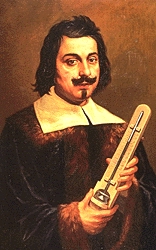
the barometer (1643) was invented by Evangelista Torricelli
Pascal's work on the principles of hydraulic fluids (1642)
René Descartes published an explanation for rainbows and cloud formation (1637)
the principle of relativity (1632)
Benedetto Castelli's Mensuration of Running Water (1628)
Snell's law (1621)
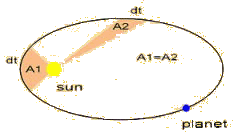
Kepler's laws of planetary motion (1619)
William Gilbert's De Magnete (1600)

the microscope (1595) was invented by Hans Janssen

Galileo's thermoscope (1593)

in order to study the acceleration due to gravity (1589) Galileo Galilei introduced experiments with inclined planes

Bernardino Telesio's De Rerum Natura (1565)
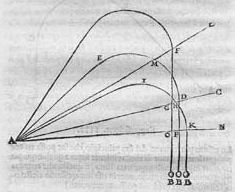
Niccolò Tartaglia's ballistics (1547)

Leonardo da Vinci's studies in science and engineering (1500)

explanations for the rainbow phenomenon (1300)
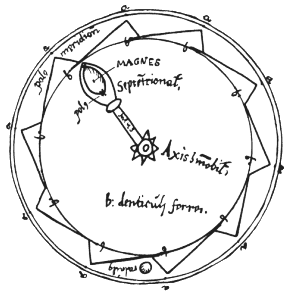
Pierre de Maricourt's Epistola de magnete (1269)
Al-Jazari's Automata (1205)
Thierry of Chartres' account of creation (twelveth century)

the earliest record about the use of a compass in
navigation (1117) was Zhu Yu's
book "Pingzhou Ke Tan"
(Pingzhou Table Talks). Alexander Neckam has preserved to us the earliest
European notices of the magnet
as a guide to seamen in his work De naturis rerum, 1190
Ibn Sahl On Burning Mirrors and Lenses (984)

Chinese philosopher Chang Heng invented a seismoscope (132)
Lucretius' On the Nature of Things (around 60 bc)
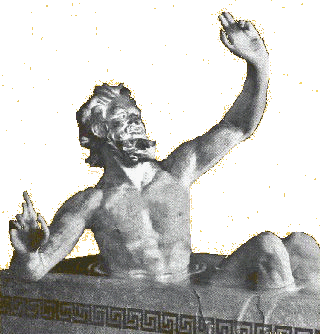
Archimedes (ca. 245 bc) found it
Epicurus' atomism (310 bc)
Strato of Lampsacus (310 bc) can be regarded as the first philosopher to formulate a worldview,
in which the universe is regarded as a mechanism and transcendent forces (i.e. deities) are nonexistent
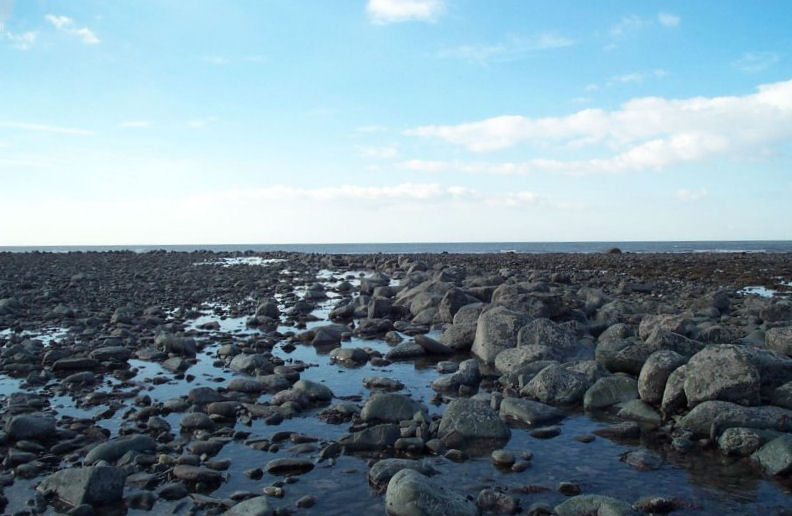
Pytheas suggested (330 bc) that the tides were caused by the moon
and described the Midnight Sun, the aurora and Polar ice
Aristotle argued for a spherical Earth (ca 330 bc)
Aristotle's minima naturalia


Aristotle's five elements (350 bc)
Democritus (430 bc) developed the atomic theory from Leucippus
![]()
Leucippus (450 bc) was among the earliest originators of atomism
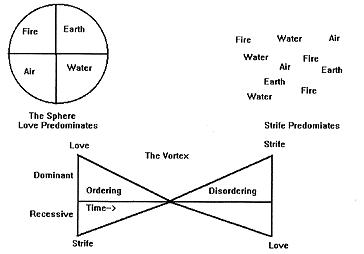
Empedocles' philosophy (460 bc) is best known for being the origin of the cosmogenic theory of the four classical elements
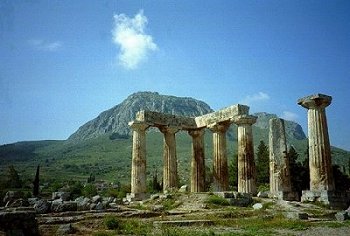
Anaximenes held that everything in the world is composed of air at different degrees of density (550 bc)

Anaximander claimed that arche is the apeiron
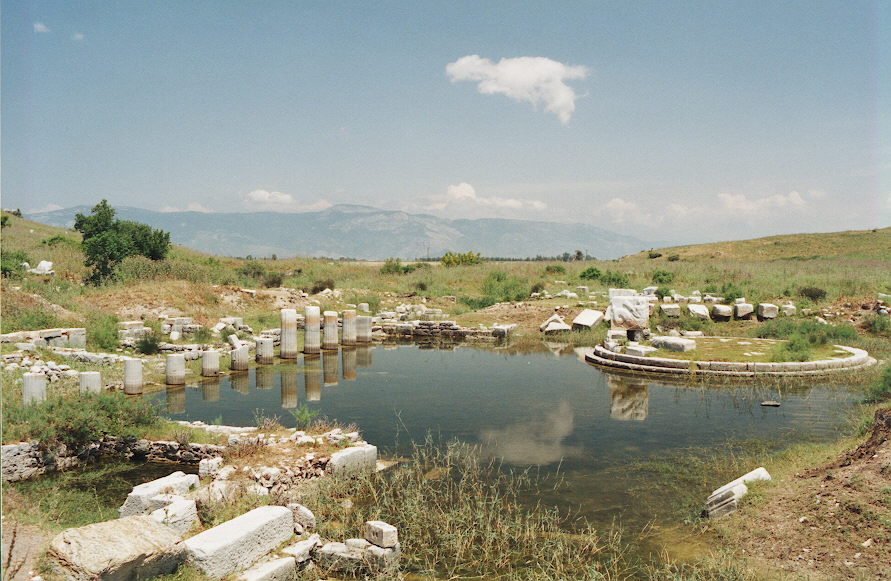
Thales held that the world originated from water (590 bc)
physis (8th century bc)

solar alignments of ritual sites (3200 bc)